Crop Report
Fall harvest is running on all eight cylinders around here. Almost everyone is cutting soybeans, and the harvest dust proves it! They are coming out pretty dry, too — I’ve heard moistures under 10% are common.
Corn harvest is ramping up as some producers are beginning to get soybeans finished. All the corn I’ve checked has black-layered now and has lost all of its green color.
As I complete this report, the temperature is flirting with the 90-degree mark… in October! It has been dry over the last two weeks. There’s a slight chance of rain starting 10/6, but when it has been as warm and dry as this, I won’t believe it until I see it.
Field crews should continue to take extra precautions to prevent and contain fires. It seems there are a few reported around the state each day. Keep your head on a swivel and look out for one another out there. Be safe!!
More heat and little to no moisture—where have we heard that before? This time, though, the hot and dry weather patterns are helping to propel us through harvest across the Midwest. The entire state of Illinois is experiencing some degree of drought, with the central and southern regions well into a D2 drought. Overall, northern Illinois is sitting around a D1 drought. Across the DeKalb area, corn and soybeans are being harvested as we have hit maturity. Most soybean fields are ready to harvest, with noticeable green stem in some of the fields I have scouted. Soybean pods are filled with good-sized seeds, and harvest should go quickly, with bean moisture dropping too low being a limiting factor. Corn fields are a little behind and, depending on variety and planting date, are at maturity and being harvested. With near-record highs projected into the weekend, corn ears should continue to dry down rapidly and drop from the corn stalks.
Corn prices are averaging $3.80–$4.10 in northern and central Illinois, while soybean prices are between $9.50–$9.80, and prices continue to remain low. I have not seen early averages for corn and soybeans, but the expectation is for a high-yielding harvest, which will hopefully offset the lower commodity prices.
Once again, I wish everyone a safe and happy harvest!
Harvest is progressing well after a brief break due to rain last week. Soybeans are very dusty, with leaves dying prematurely and hanging on the plant. Moisture is below 10% in most fields. Corn continues to dry down as beans are cut.
Rains over the last week have been welcome, but have not provided the much-needed relief from drought conditions. If anything, the rain has slowed the harvest progress for many across Logan County. While on the outside rows, some fields appear ready to harvest, there are still many green plants deep inside the fields. Soybeans have been most affected by the lack of rain, with very few green leaves left on the plants.
Last weekend, we accumulated a little over 3″ of rainfall from several storms. Harvest had just kicked off last week, only to come to a halt while the surface soil dries back out. Unfortunately, this rain came a few weeks too late to help most of our crop. Most of the corn and early beans are already either dead or well into senescence and will not benefit. I pulled a couple of soybean plants that will be ready to harvest in a week or so, and while they had a decent number of pods, quite a few of them were completely flat. There are some double-crop and late-planted beans that are just starting to tinge yellow; they might benefit from the late moisture. Time will tell.
This past week brought some relief from the dry weather in east-central IL, but rainfall totals in the region were generally 1″ and variable, with some areas receiving 0.1″ (IL State Water Survey – WARM Program; Midwest Regional Climate Center – Ag Climate Dashboard). Unfortunately, it comes too late for most of the corn and soybean crop to benefit. That said, during my survey in Ford County this week, I did see a number of pastures, double-crop soybean fields, a few alfalfa fields, and a handful of fields planted to annual forage mixes that will get some benefit from the precipitation as the growing season winds down.
Harvested corn and soybean acres in Ford County were still low—perhaps 10%—with the recent rain stalling progress for a few days. At the time of my survey, more soybean fields had been cleared than corn fields, though there were still a number of corn fields fully harvested or at least “opened up.” All corn fields surveyed were at R6 (“black layer”), but about half were still showing some green in the upper canopy. Tar spot is also easy to find at this point in the season, with heavier pressure in the northern part of the county. However, it appears to have come in late enough not to have greatly affected yields, with relatively full ears on most plants checked during the survey. Of the full-season soybean fields surveyed, most were at R8 (“full maturity”), while the couple of double-crop soybean fields I stopped at seemed to be stuck in R5, struggling to fill pods.

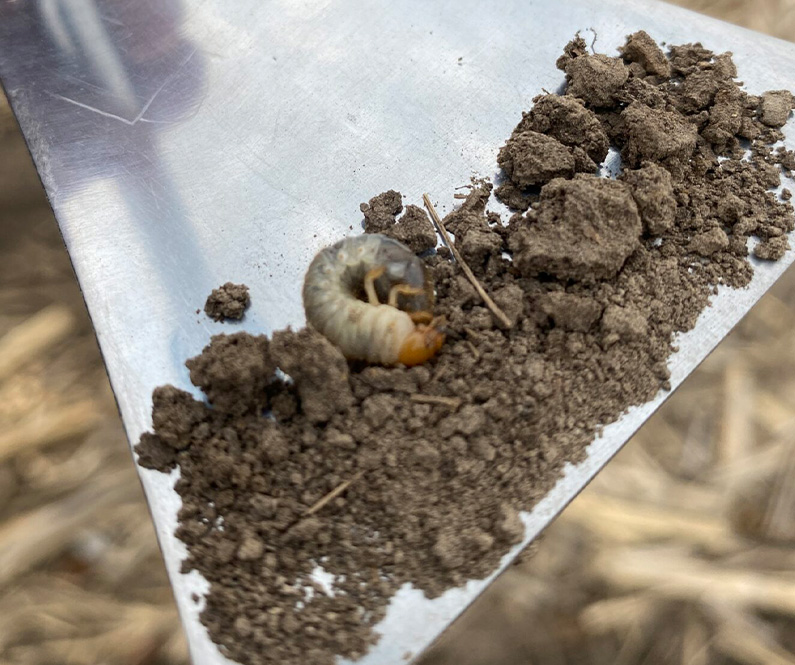
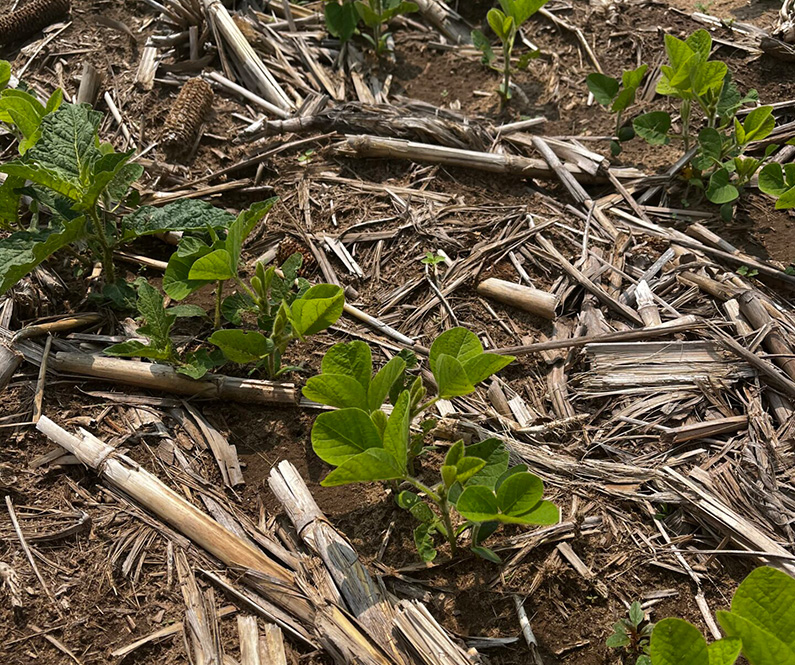
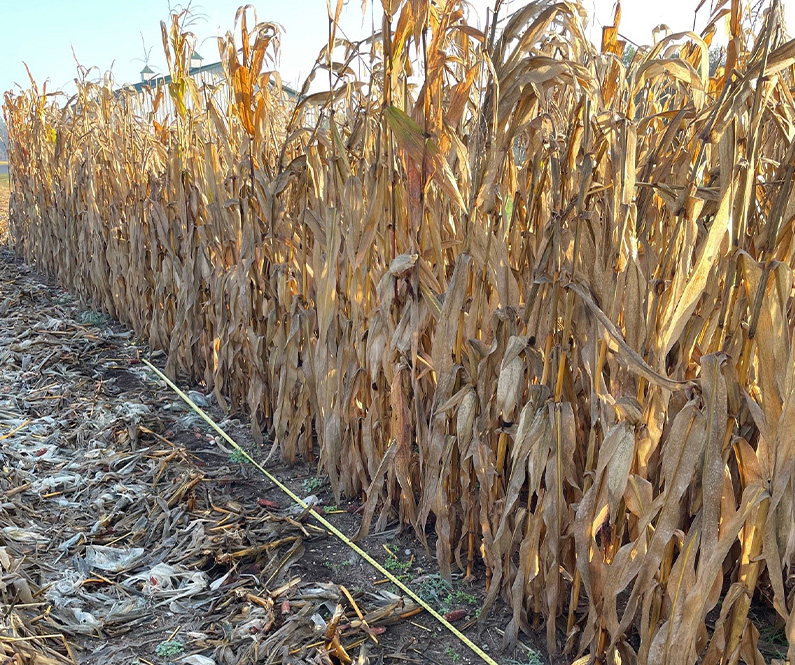
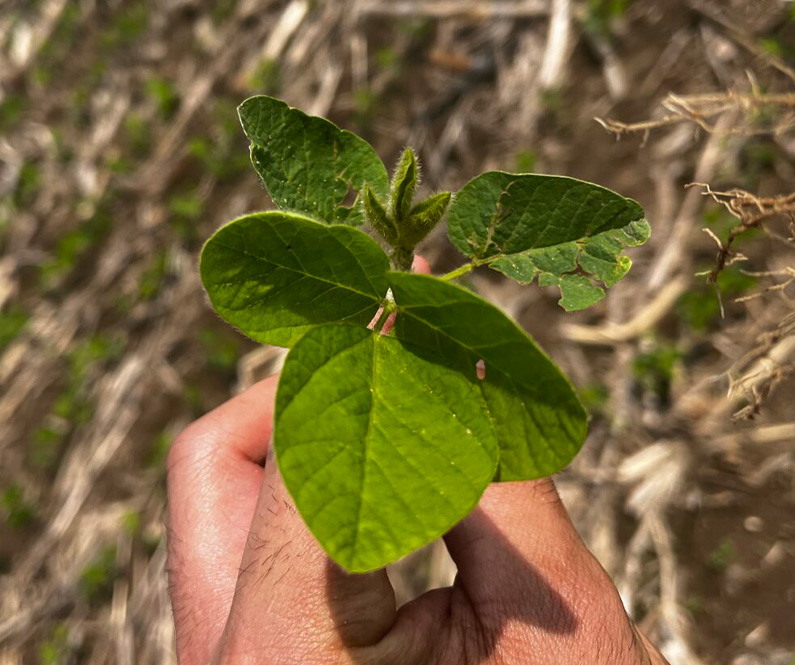
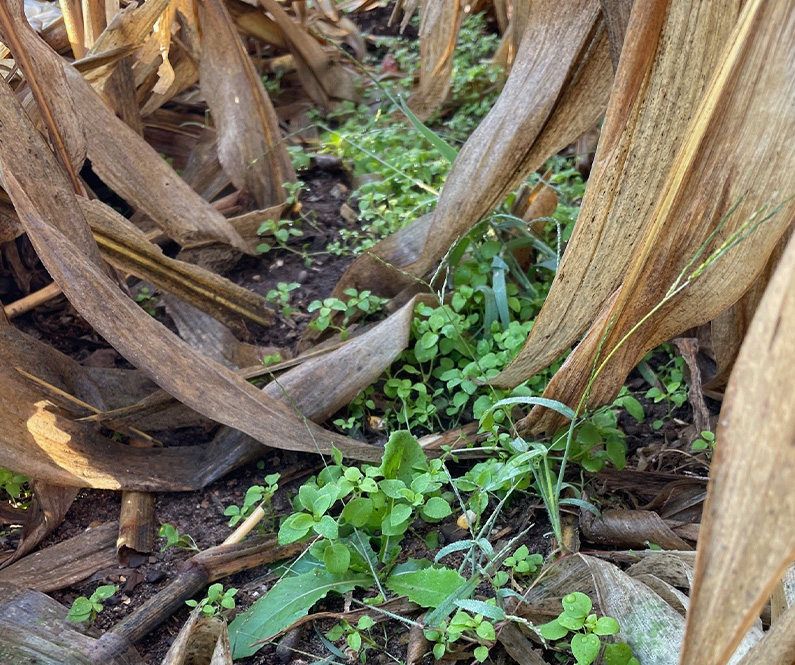

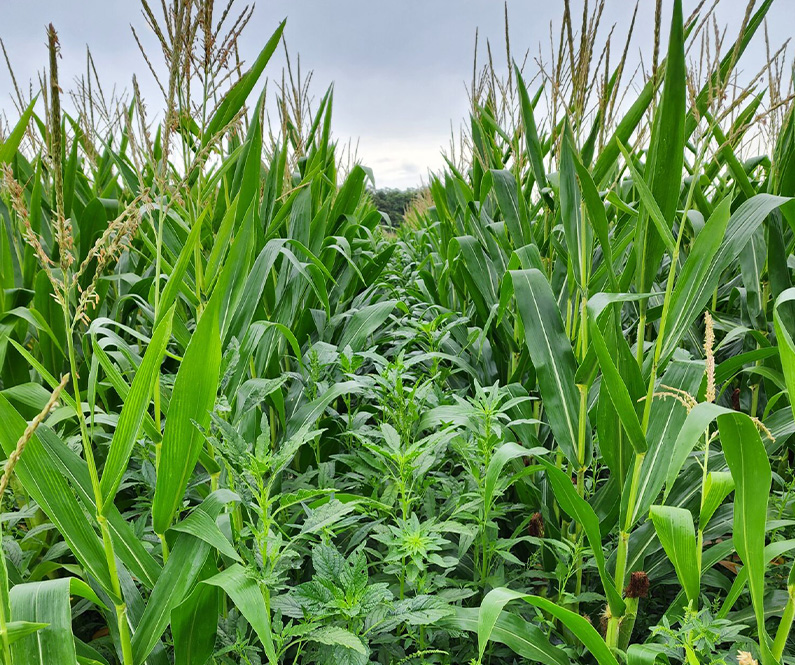
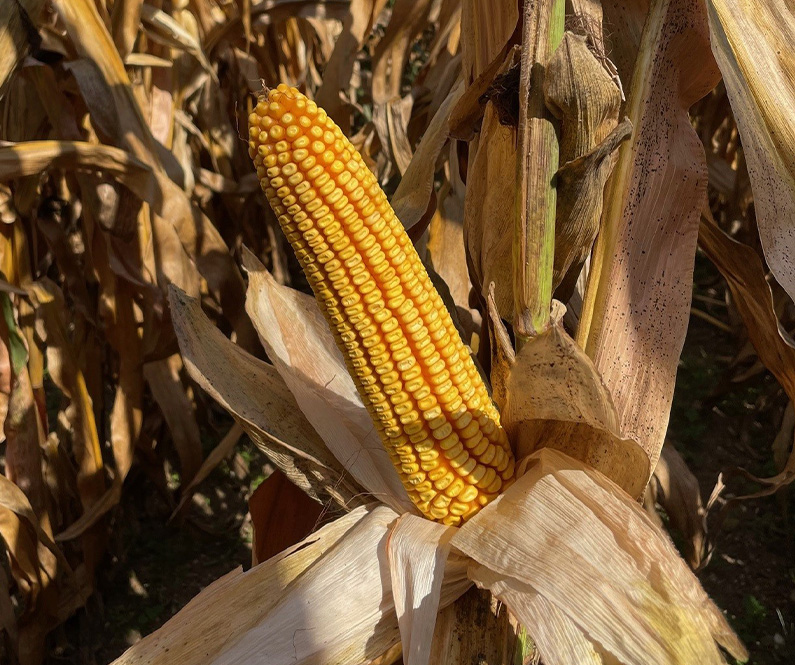
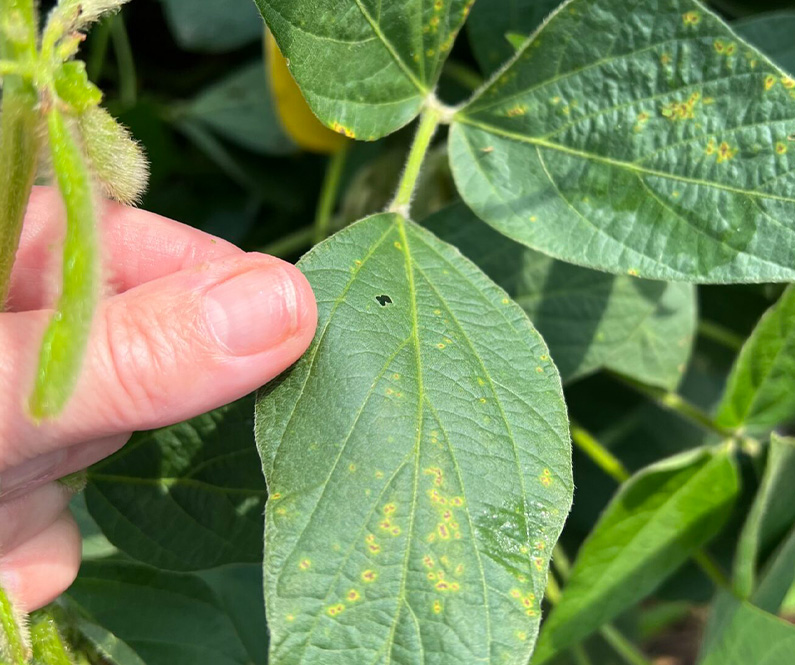


 and then
and then